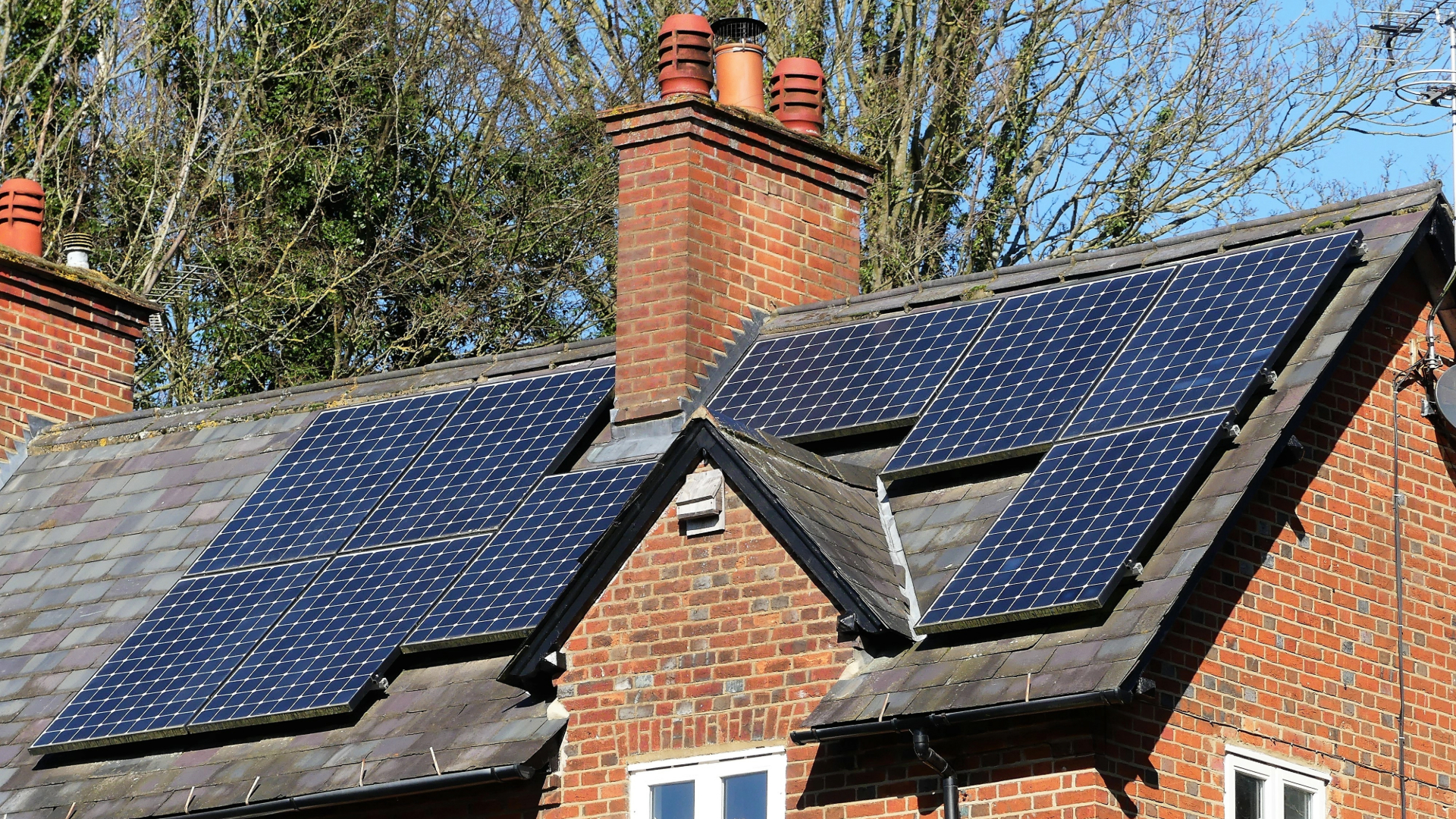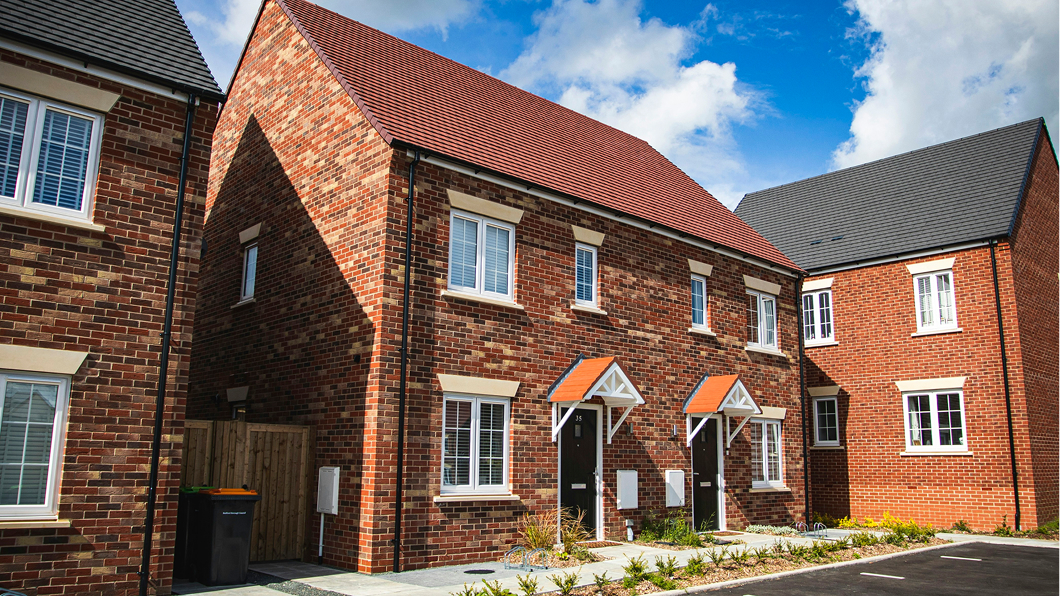
Solar panels aren’t just a trend anymore, they’re quickly becoming the norm.
You’ve probably spotted more and more rooftops with those sleek black panels lately, and it’s not just because they look good. With energy prices on the rise and more people wanting to live sustainably, solar is becoming a go-to upgrade for UK homeowners. In fact, according to the latest government data, there are now over 1.5 million homes with panels installed.
But while the benefits are obvious, there’s still one big hurdle: the upfront cost. That’s where something called a Home Equity Line of Credit (HELOC) could help — but more on that in a bit.
So, how do solar panels actually work?
Despite sounding a bit high-tech, solar panels are surprisingly simple. They sit on your roof, soak up sunlight, and turn it into electricity you can use around your home. If you produce more power than you need, you can store it in a battery for later or sell it back to the grid.
The result? Less reliance on energy companies and more control over your own power, plus not to mention the savings on your bills.
Why more homeowners are making the switch
Here’s why solar keeps popping up on more UK homes:
- Lower bills: you’re using less from the grid, so your monthly costs drop.
- Clean energy: it’s a renewable source, meaning fewer carbon emissions.
- Extra income: some people make money back by selling unused energy back to the grid.
- Higher home value: solar panels can make your home more attractive to buyers.
- Government support: there are schemes like the Smart Export Guarantee (SEG) that can help you make the most of your setup.
But let’s talk about the cost…
Installing solar panels is an investment. According to the Federation of Master Builders, for a typical 3-bed home, a system (including a battery) costs around £9,800. If you’ve got a larger home or want a bigger system, it can be quite a bit more, for example, a 6 kW system for a 4+ bed property can cost upwards of £13,000.
That’s a big chunk of money upfront, but over time it can pay for itself as some homeowners save over £1,000 a year on their energy bills.
How to fund solar panels without draining your savings
One option worth exploring is a Home Equity Line of Credit (HELOC).
It works by letting you borrow against the equity in your home, without having to remortgage. In the UK, this is often called a second charge mortgage or secured loan. Think of it as a flexible credit line you can dip into for big projects like solar panels and you’ll only pay interest on the amount you actually use.
Everyone has their preferences, but if you’d prefer to spread the cost instead of paying it all upfront, a HELOC could make the switch to solar much more manageable.
Final thoughts: a greener home that works for you
Solar panels can be a smart move for your home, your wallet, and the planet. If you’ve been thinking about it, now’s a great time to explore your options, from choosing the right system to finding the best way to pay for it.
And if a HELOC sounds like it could help, we can walk you through how it works — no pressure.
✍️ You can get a quote here - it won’t impact your credit score
❄️ Want to read more? Here’s a blog on AC installation
Think carefully before securing other debts against your home. Your home may be repossessed if you do not keep up repayments on a mortgage or any other debt secured on it.






